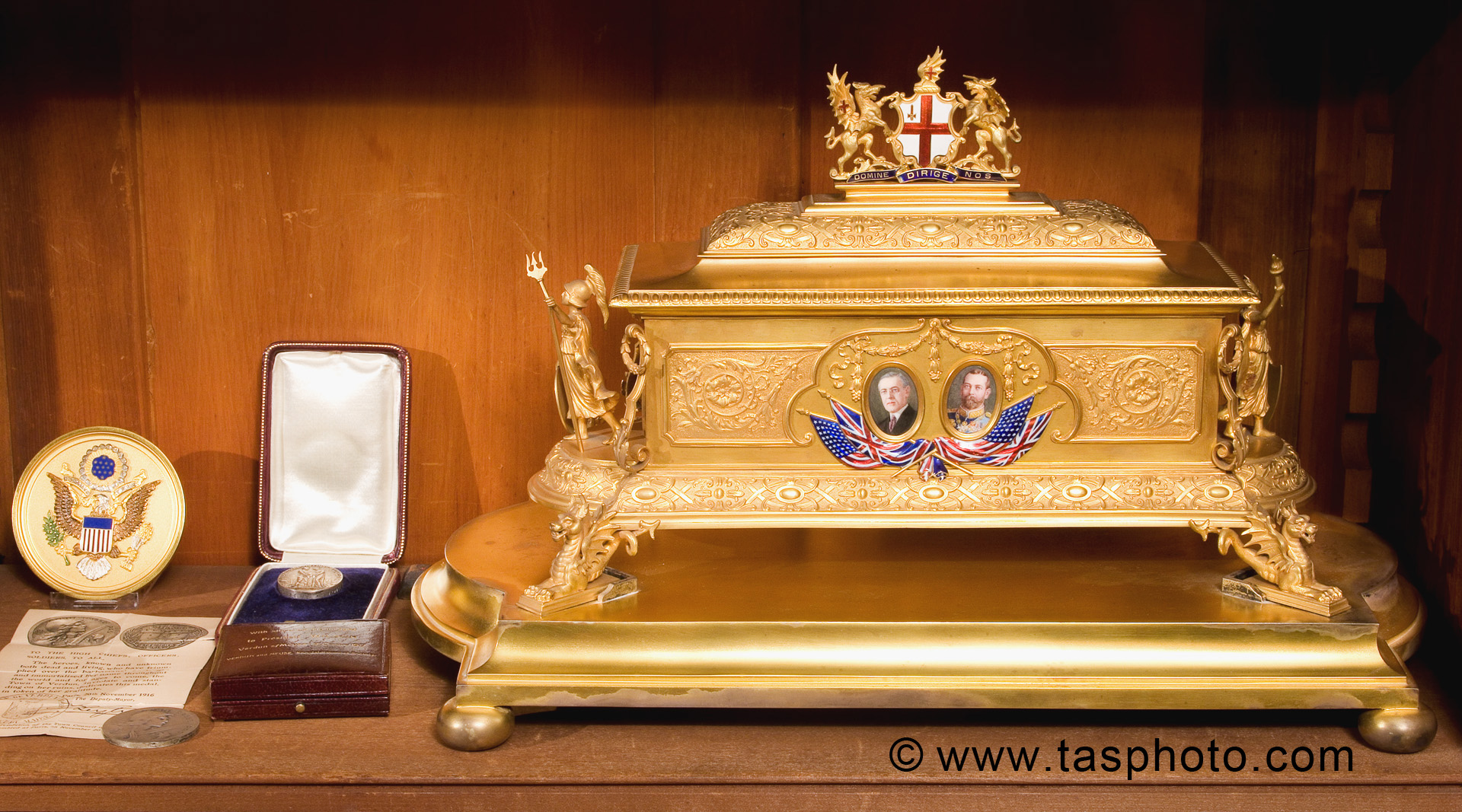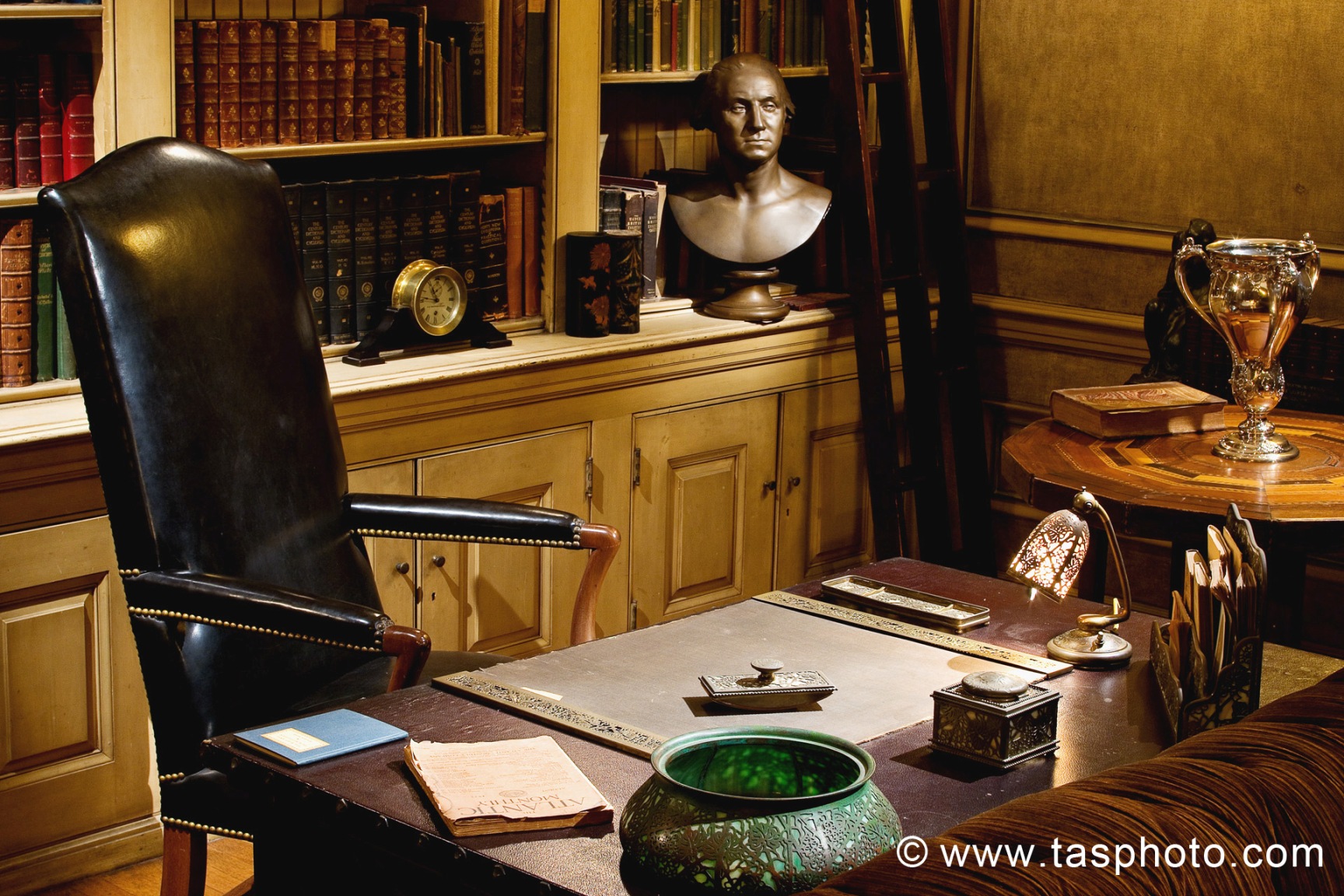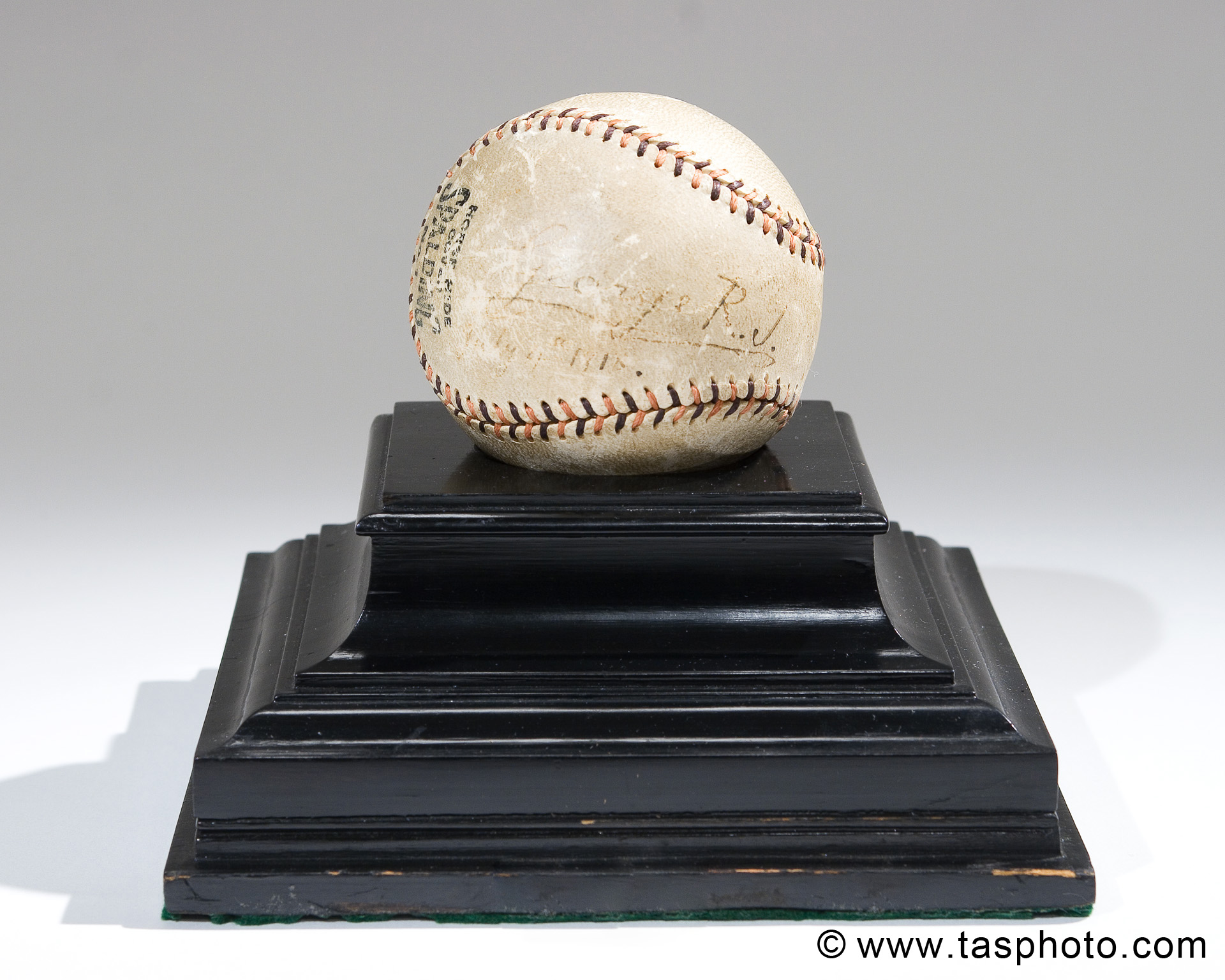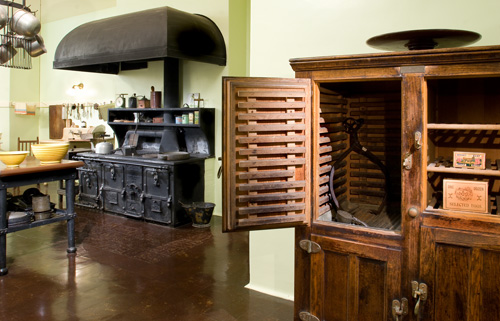Above the fireplace in the drawing room here at the
Woodrow Wilson House hangs a beautiful portrait of a young girl holding a small
flower. However, the meaning behind the
portrait is much deeper than just a painting that is pleasing to the eye.
Hovsep Pushman, the artist, was born in Armenia in
1877. He studied art in Istanbul, Paris,
and Chicago, and was later naturalized as a U.S. citizen. Gaining much of his influence from oriental
art, he stressed the importance of three main components in his artwork: color,
modeling, and imagination. However, in
all of Pushman’s paintings, color seems to be the most important out of all the
components.
The Near East was in a state of turmoil at the same time
as World War I, during Woodrow Wilson’s presidency. Armenian families and their children were
devastated by conflict between Turks and Armenians. The United States was very active in relief
efforts.
On
November 27, 1917, Hovsep Pushman’s wife led a delegation of Armenians to the
White House to meet Wilson. The youngest
member of the group, Miss Alidz Kurkjian, presented the painting to
Wilson. She gave a short speech
expressing the Armenian people’s appreciation for the United States’ efforts to
help them in their time of need.

The painting depicts Pushman’s niece, Dora, at the age of
14 dressed in traditional Armenian costume.
The look of sadness on her face represents the suffering of the Armenian
people. It also represents the thousands
of little children who perished as a result of the genocide, as well as those
who were completely dependent on charity for survival. The flower Dora holds is a Mountain
Snowdrop. Some cultures in the Near East
see the flowers as good luck and protection from evil. Its appearance in Armenia is a sign that
winter is ending and that spring is on its way—a sign of hope for better
times. Dora and the flower symbolize the
hope for the future of Armenia, helped by Americans. The inscription on the frame reads:
"L'Esperance." (Hope)
Presented to Woodrow Wilson, President of the United States, November 27, 1917,
by Mrs. Hovsep Pushman, as an expression of thanks for the hope and gratitude
his efforts to help suffering Armenia have inspired in the hearts of all Armenian women.
Alidz Kurkjian later said that she saw President Wilson
wipe tears from his eyes during her presentation of the painting because he was
so touched by it. It hung in the White
House through the remainder of Wilson’s final term in office. When the Wilsons moved to S Street, the
President hung it over the fireplace in the drawing room where it remains
today.
-Kate Raber








Great read! Thank you for highlighting a part of the collection and giving such a personal context to a painting that may have been otherwise overlooked.
ReplyDeleteI have read all the comments and suggestions posted by the visitors for this article are very fine,We will wait for your next article so only.Thanks! bellfires
ReplyDelete